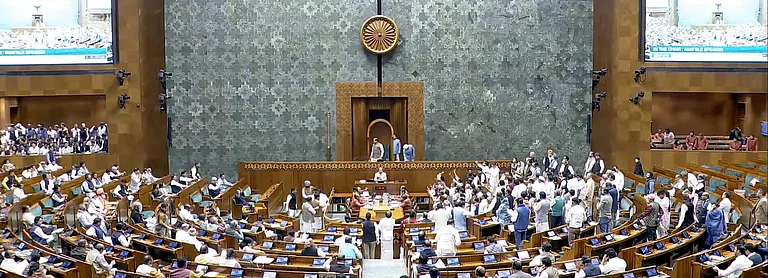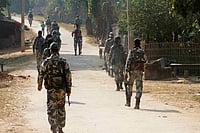WHERE science is shaky, politics walks tall. EIA exercises belong to this twilight zone. Essentially, a reasonably good EIA rests on two pillars—reliable and accurate data and the ability to predict the impact of environmental pollution on the diversity of life. Unfortunately in India, we can't boast of either.
No matter how reliable the EIA model is (there are several in the market), bad, insufficient and doctored data can make a travesty of it. To begin with, many kinds of data, such as flora and fauna of a region, have not been updated for decades. Secondly, there is no monitoring of water and air quality in already industrialised regions. In such cases, EIA authors conveniently use data dating back to when there were few or no industries. Then there are some crucial data, such as a river's velocity or volume, which, for reasons of national interest, are kept bottled up as state secrets. But even if the data is outside the purview of the Official Secrets Act, one is often not sure of its authenticity.
To overcome this data barrier somewhat, the Environment Ministry requires that the EIA should be done over a year. But in many cases, a rapid EIA, undertaken over a period of three months, is permitted, with the proviso that the company in question submits a comprehensive EIA later. Which, of course, doesn't happen in many cases. "And even if it is submitted, who has the time to scrutinise it?" asks K.P. Nyati of the CII.
Insufficient and inaccurate data is bad enough. The still unrefined nascent science of interpreting its impact on life and resources makes matters worse. Explains Atul Kansal of Environmental Resources Management: "Most of the EIA models used here were created in the US in keeping with their environmental make-up. Our flora and fauna, transport, soils, climates, and genetics being different, these models must be modified to suit our conditions. But very often they are not, leading to flawed EIAs."

























